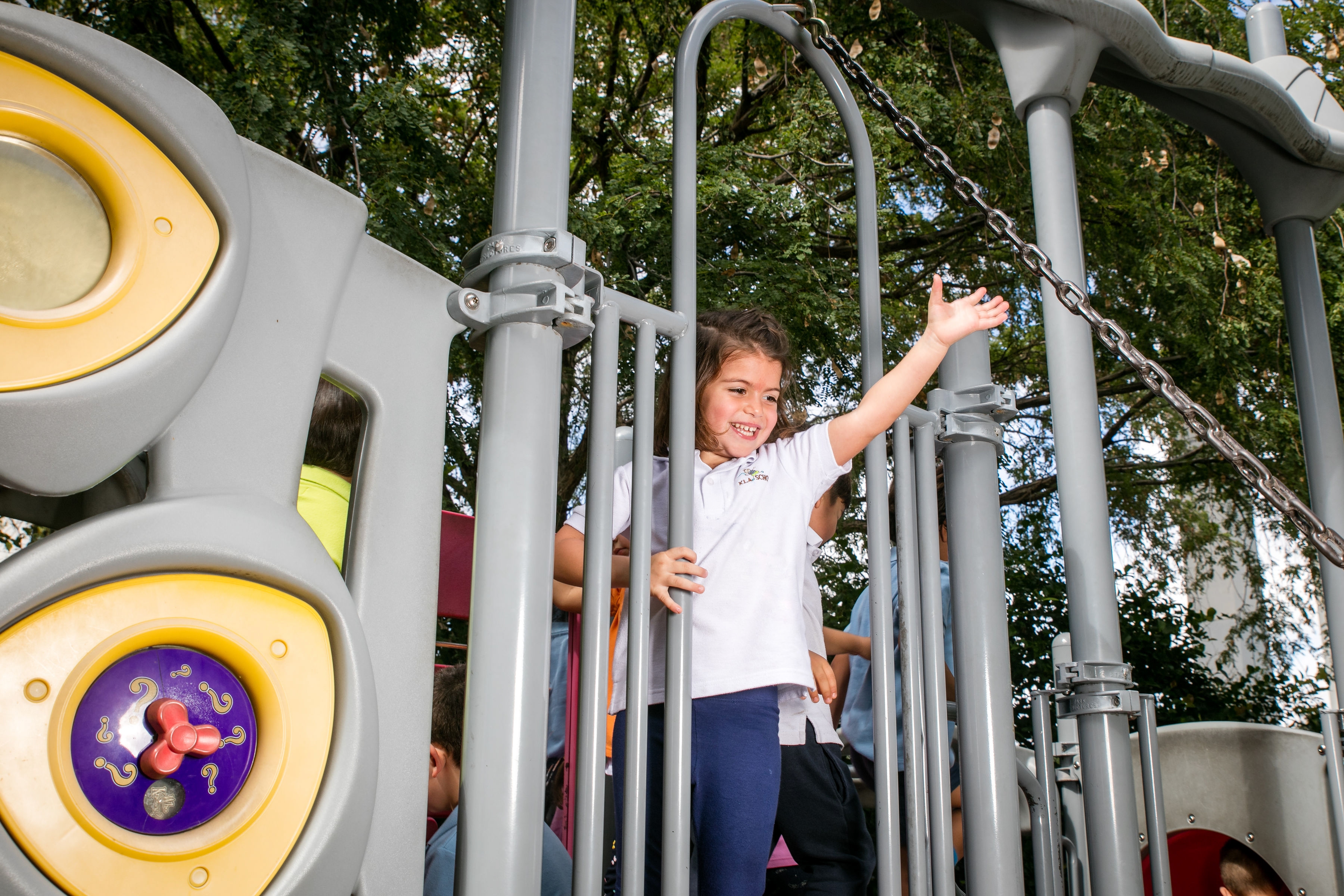Jul 07, 2016
Ways to Help Your Child Learn About Animals
Children are fascinated by animals, and are always curious to learn more about them. Here are some age-appropriate ways you can help your preschooler learn about animals.
Start with the basics
Although preschoolers are endlessly curious, their attention spans are also short. They may have difficulty retaining information about a wide variety of animals, so you may want to start with animals your child sees most often, such as birds, cats, and dogs. Talk about the sounds they make, where they live, and things they like to do – “That bird is going home to his nest. Do you think he likes flying?”
If your child seems more interested in one particular animal, encourage that interest. A favorite animal doesn’t mean that your preschooler won’t learn about the others. In fact, having a favorite animal is an ideal foundation for learning about other animals later on.
Teach them to be gentle
Children learn through hands-on experiences, but that may not always be the best way to interact with animals. When coming face-to-face with a pet or an animal in a petting zoo, remind your child to be gentle and avoid touching the animal’s face or pulling its tail or ears. Not only will this help the animal to remain calm, it will also teach your child kindness to animals.
Teach them to be safe
Of course, there are times when touching an animal is not a good idea at all. In those cases, keep your child at a distance, but allow her to observe the animal if it’s safe to do so, and have conversations about the animal and what it’s doing. If you are walking with your child and see a dog approaching, be sure to model safe behavior by asking the dog’s walker if you and your child may say hello to the dog.
Showing your child that animals need their personal space will not only teach compassion, but it will also demonstrate a valuable safety lesson.
Let your child help with the family pet
If you have a family pet, letting your child help with its care is an ideal way to help him learn about animals. Depending on the age of your child, this may be as simple as helping to fill the cat’s water dish, or asking your older child to take the dog for a “walk” in the backyard. Letting your child help take care of the family pet will show him that animals have unique physical, social, and emotional needs. He’ll also feel a sense of pride and feel a stronger connection to the family pet.
Play pretend
We’ve written before about how make-believe lets children develop creativity and problem-solving skills, but it can also encourage empathy. When your child engages in imaginative play, she can explore what another person – or animal – is thinking and feeling, and understand why.
Your preschooler may pretend to be the family dog or the squirrel you saw in the park earlier that day. She may also enjoy pretending her stuffed elephant best friend is a real elephant, and this can be an ideal opportunity to teach her about the real-life habitats and behaviors of elephants.
Learn through animal-related books and songs
Books and songs are a good way to expose your child to age-appropriate information about animals. They are entertaining as well as informative, keeping your preschooler interested while he learns.
You can take the education further by asking your child questions about the book or song, such as, “What else do you think a mouse would eat?” This is another way your child can develop empathy towards animals.
Children love to learn about animals. With strategies such as teaching kindness, playing imaginative games, and reading and singing together, you can teach your preschooler about animals in an engaging and age-appropriate way.

